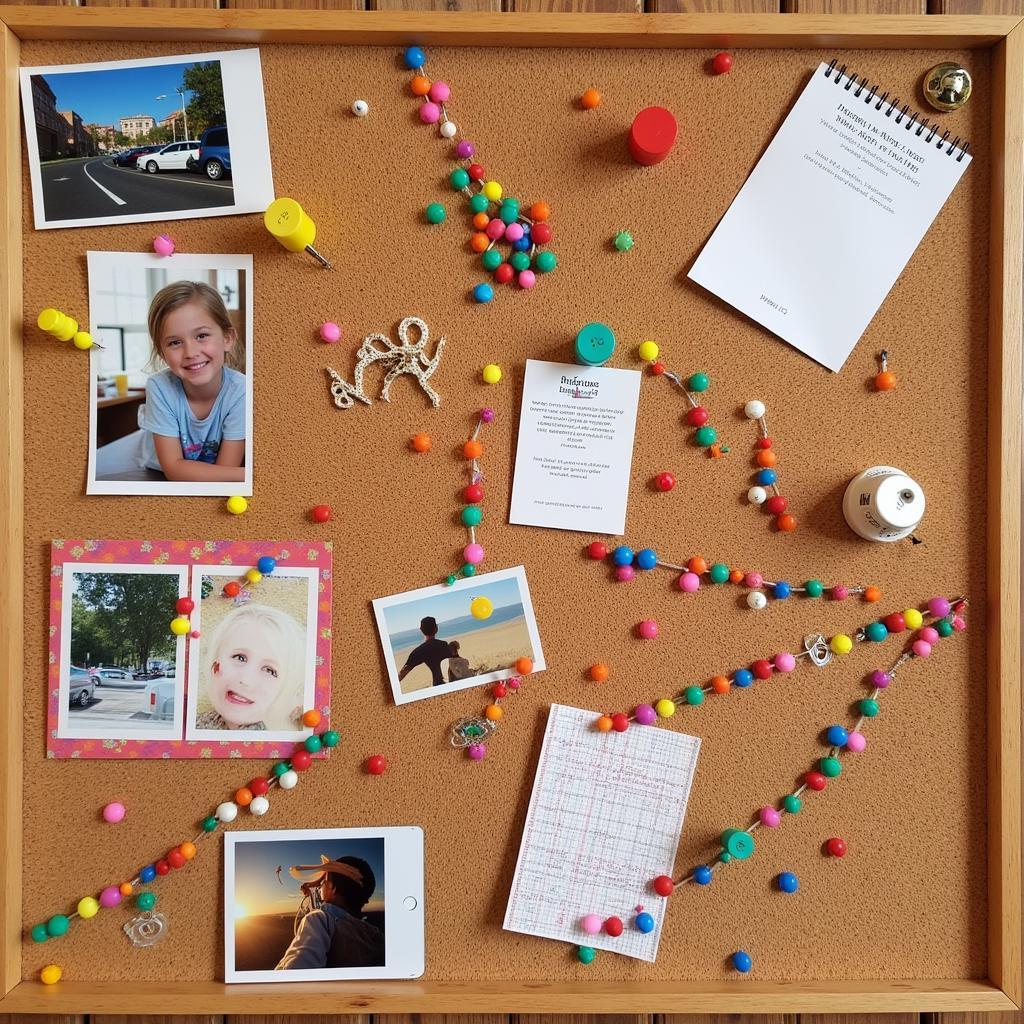The Art of Trading
In the fast-paced world of finance, “The Art Of Trading” extends beyond mere transactions; it delves into the realm of strategic decision-making, risk management, and emotional intelligence. It’s about mastering the delicate balance between analysis and intuition, discipline and adaptability.
Decoding the Market Symphony: A Blend of Art and Science
Successful trading isn’t about predicting the future; it’s about understanding probability and managing risk. While technical analysis provides a framework, interpreting market sentiment and anticipating trends requires a touch of artistry. Just as an artist masters their tools, a trader must be proficient in utilizing technical indicators, charting patterns, and fundamental analysis.
Mastering the Brushstrokes: Essential Skills for Traders
- Emotional Intelligence: The ability to control emotions like fear and greed is paramount. A calm and disciplined approach often outweighs impulsive decisions driven by market hype.
- Risk Management: Just as an artist carefully plans their composition, a trader must define their risk tolerance and implement stop-loss orders to protect capital.
- Continuous Learning: The financial landscape is ever-evolving. Staying updated on market trends, economic indicators, and emerging technologies is crucial for adapting strategies.
Finding Your Artistic Style: Diverse Trading Strategies
Much like artists specialize in specific styles, traders gravitate towards strategies that align with their personality, time commitment, and risk appetite.
- Day Trading: This fast-paced approach involves executing multiple trades within a single day, capitalizing on short-term price fluctuations.
- Swing Trading: Swing traders hold positions for several days to weeks, aiming to profit from price swings within a larger trend.
- Value Investing: Inspired by legendary investors like Warren Buffett, this long-term strategy focuses on identifying undervalued companies with strong fundamentals.
The Canvas of Possibilities: Exploring Different Markets
The world of trading offers a diverse range of markets to explore, each with its own unique characteristics and opportunities.
- Stocks: Representing ownership in publicly traded companies, stocks offer the potential for long-term growth and dividend income.
- Forex: The foreign exchange market, where currencies are traded, is the largest and most liquid market globally.
- Cryptocurrencies: Digital currencies like Bitcoin and Ethereum have gained immense popularity, attracting traders with their volatility and potential for high returns.
From Amateur to Maestro: The Journey of a Trader
Like any art form, mastering trading requires dedication, practice, and a willingness to learn from mistakes.
- Education: Beginners can leverage online courses, books, and webinars to build a strong foundation in trading principles.
- Demo Accounts: Practicing with virtual money on demo accounts allows traders to test strategies and refine their skills without risking real capital.
- Mentorship: Connecting with experienced traders can provide valuable insights, guidance, and support throughout the trading journey.
The Art of Trading: It’s More Than Just Profits
While the allure of financial gains is undeniable, the art of trading extends beyond mere profits. It’s about cultivating discipline, honing analytical skills, and mastering the ability to navigate uncertainty. It’s a journey of continuous learning and self-improvement, where the pursuit of knowledge and the refinement of skills are as valuable as any financial reward.
Remember, just as an artist leaves their unique mark on the world through their creations, a skilled trader navigates the markets with their own distinct style and approach. The journey of trading, like any art form, is as rewarding as the destination itself.
Frequently Asked Questions about The Art of Trading
1. What is the most important thing to remember when trading?
The most crucial aspect of trading is managing your risk. Always prioritize protecting your capital over chasing quick profits.
2. Which trading strategy is the most profitable?
There’s no one-size-fits-all answer. The most profitable trading strategy depends on your individual risk tolerance, time commitment, and market knowledge.
3. How much money do I need to start trading?
You can start trading with as little as a few hundred dollars, but it’s essential to only invest what you can afford to lose.
4. Is trading like gambling?
While trading involves risk, it’s vastly different from gambling. Successful trading relies on informed decision-making, strategic planning, and disciplined execution.
5. What are some common mistakes beginners make in trading?
Common beginner mistakes include overtrading, chasing quick riches, neglecting risk management, and letting emotions dictate their decisions.
Still have questions about trading? Check out these related articles:
Need further assistance on your trading journey?
Contact us at:
Phone: 02462573573
Email: danteum@gmail.com
Address: Savico Megamall, 7-9 Đ. Nguyễn Văn Linh, Gia Thụy, Long Biên, Hà Nội 10000, Việt Nam.
Our dedicated customer support team is available 24/7 to assist you.





